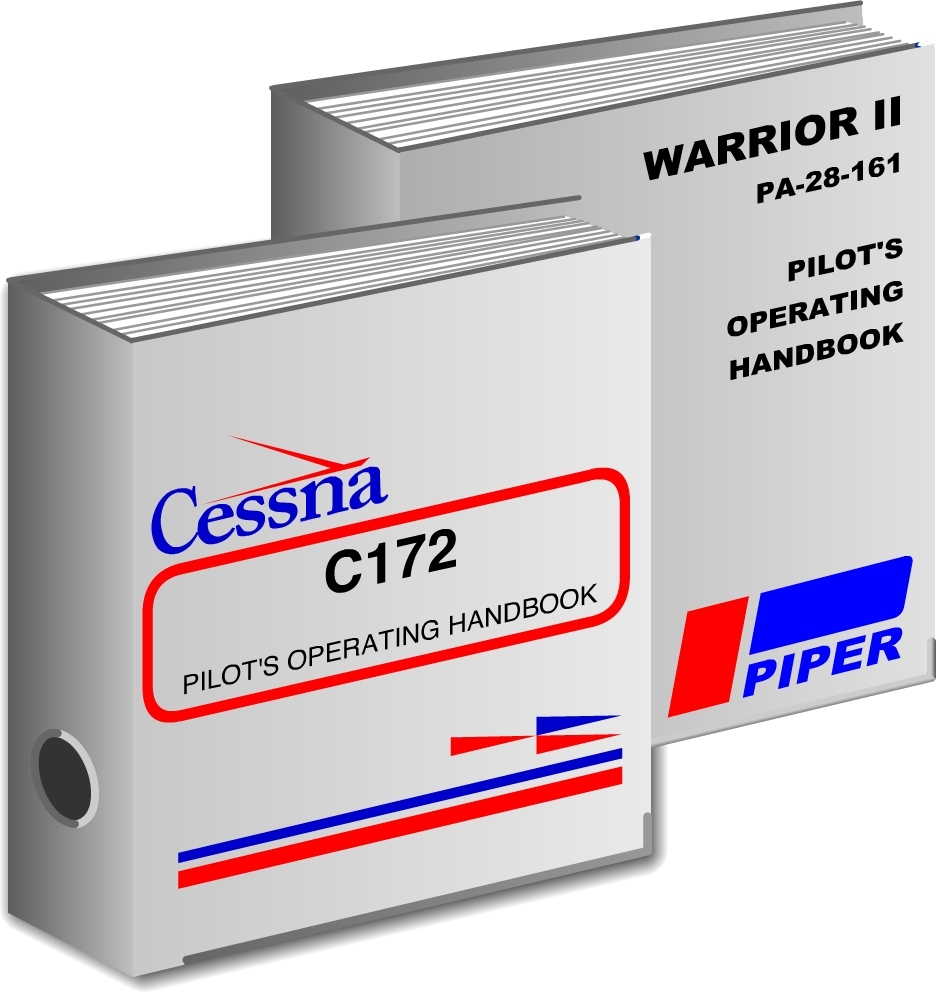
Flaps
Chapter 4.4
Flaps
The flaps are moving components of the wing. They are generally attached to the trailing edge of the wing. Their function is to increase lift. They also create more drag.
Form and Layout of Flaps
Trailing edge FLAPS
Leading edge SLATS
Effects of Flaps
A variation in the position of the flaps causes:
- A variation in lift
- A variation in drag
Effects of Flaps

The deployment of flaps causes:
- A reduction in take-off distance
- A reduction in landing distance
- A lower V STALL
Side effects due to Variations in Flap Position
Each variation in the position of the flaps causes a variation about the pitch axis which is more or less pronounced.
In a stabilized attitude and without correction, the extension of flaps produces a climbing effect / BALLOONING.
In a stabilized attitude and without correction, the retraction of flaps result in a descent.
Control of the Flaps
Control in the Cockpit
The shape of the control depends on the type of transmission:
By an electrical switch according to FAR23
or by a manual control (lever or crank)
Control of the Flaps
The Position Indication of the Flaps
It depends on the construction and can be presented in different forms:
- By an electrical instrument
- By an inscription or by the position of the control lever
- By direct marking on the flaps (visual inspection)
Operational Limitations of the Flaps Indidcated on the ASI
The indications for maximum and minimum speeds, as well as the deployment of the flaps are:

- For light aircraft as a white arc in the ASI
- In the AFM
- On placards near the flap control
The Presentation of the Zone of Use of the Flaps on the ASI
Maximum Speed
The upper end of the white arc indicates, for the type of aircraft, the maximum speed for the deployment of the flaps or for the flight with the flaps completely extended.
This speed is called V MAX FE. By exceeding this airspeed, the flaps or their steering system may be dangerously damaged by this overload.
For high-speed operations, flaps must be taken into account for the load factor (values in the AFM).
The Presentation of the Zone of Use of the Flaps on the ASI
Minimum speeds
The lower end of the white arc indicates for the aircraft type the minimum speed for flight with flaps extended at the maximum take-off weight. This speed is called V MIN FE.
The white area for a flight with flaps extended is lower than the green area for a flight without flaps. At low speeds the aircraft is still in a flyable
condition thanks to the additional lift due to the flaps being extended. If at this moment the flaps are retracted, the airplane enters a stall.
Not all ASIS have a white arc. The maximum and minimum speeds for flap retraction and extention depend on the mass. They are described in the AFM and in other documents.
Procedure for the Extention and Retraction of the Flaps
Before each change in flap position, ensure that the airspeed is within the accepted limits.
The extention and retraction of the flaps generate two successive effects: a change in the profile of the wing and with this a change in the ANGLE OF ATTACK. The aircraft begins to climb under the effect of increased lift / BALLOONING.
This change in the profile of the wing and BALLOONING effect generate a movement around the pitch axis, which will be compensated by the elevator. The aircraft will be maintained on its flightpath.